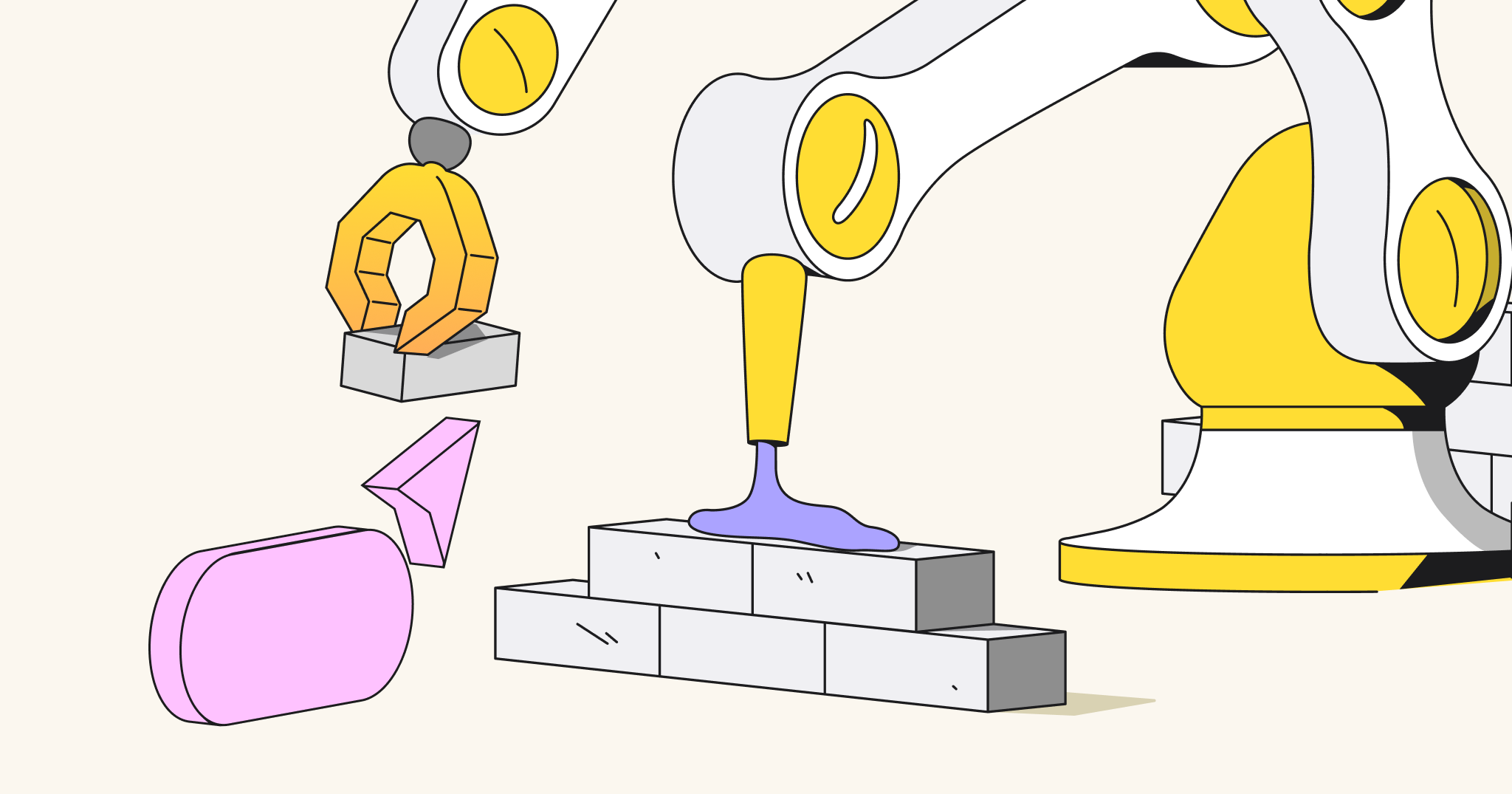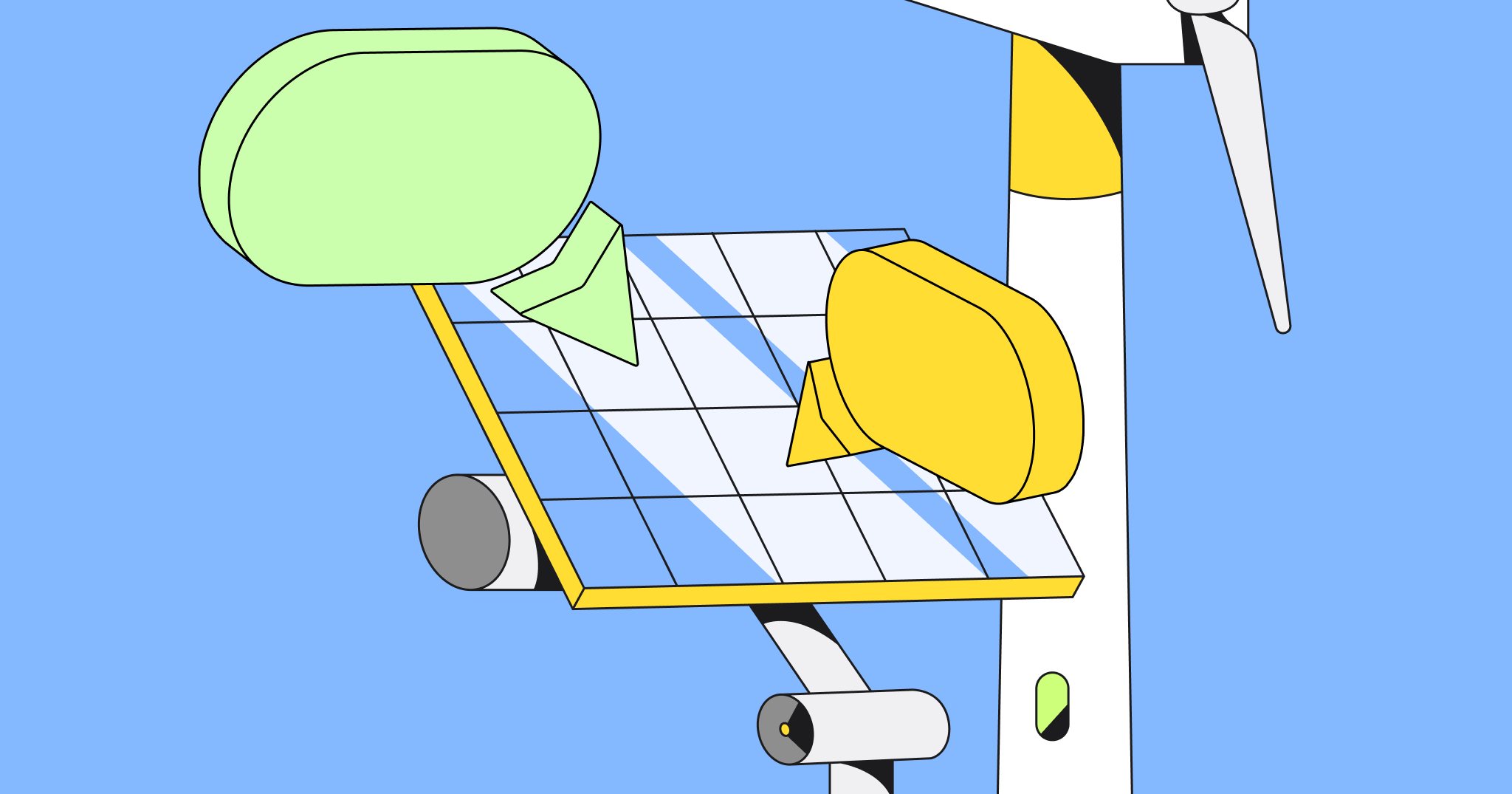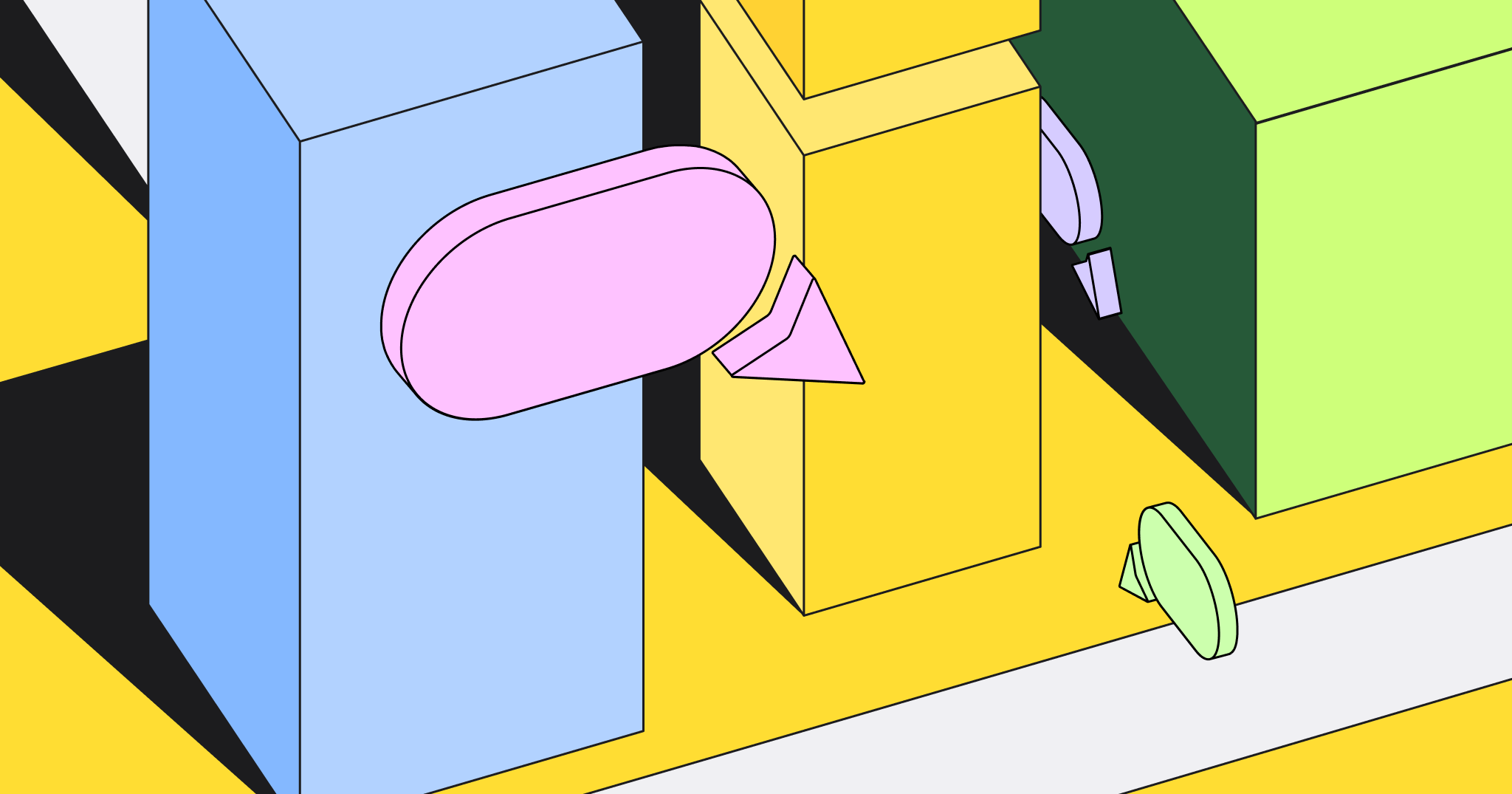Product development teams today are working in a changing environment: our work is becoming more distributed, and our tools for work and communication have migrated online. Not only that, but teams are highly cross-functional in nature: we are designers, developers, product managers, scrum masters. We have different backgrounds and speak different problem-languages, making effective collaboration all the more complex.
That’s why on April 9th, members from our product teams visited the Atlassian Summit in Las Vegas to learn from other experts in product dev collaboration to help tackle these challenges. Atlassian is a master at designing collaboration tools, and they embody the spirit of their products in their internal operations. Combining insights from our own experiences with what we learned at the Summit, here are some top takeaways for product dev teams to help you build products faster and be more productive as a team.
Insight #1: Empower teams with information
Hubspot’s Chief People Officer, Katie Burke, reminded us that transparent teams with open communication are higher achieving, as knowledge-sharing helps individuals feel empowered to act. At times, our instinct can be to limit the information we share as to eliminate unnecessary or inefficient communication to individuals or teams. While the intention for staying organized and focused is clear, the danger of opaque or selective communication is that team members can feel out of the loop or not trusted with information. Utilizing tools that facilitate shared information, transparency, and ease of communication are all tactics that were echoed at the summit.
Our take: Create shared workspaces and practices
Our team is distributed across four time zones, and heavily relies on consistent practices and meetings to align around goals across several projects. We primarily rely on a set of objectives and key results (OKRs) on team and individual levels, and we make sure to keep these OKRs in a shared space for everyone to reference at all times.
Jordan Mirchev, Atlassian’s Product Marketing Manager, demonstrated the importance of using a shared tool like Trello on his remote team to sync up on team goals and projects. We similarly utilize the Miro integration with Confluence for everyone to reference each other’s work. One thing we’ve noticed as managers is the power of shared workspaces to serve as platforms for teaching and learning. A shared digital workspace allows different team members to actively watch how others visualize and document their thinking on their boards. This helps us better understand and iterate on product dev processes, with our team goals transparent and available.
Power is gained by knowledge-sharing, not hoarding it.
Katie Burke, CPO at Hubspot
Insight #2: Open and trusting teams perform better
For product development teams, cross-functional openness and trust can be hard to garner, as employees use different problem-solving languages. Mike Vierow, an Associate Partner at McKinsey & Company, advocated for creating psychological safety as an underpinning to open workplaces. A psychologically safe workplace is one in which employees of all positions feel comfortable and willing to offer up new ideas, debate, and give and receive constructive feedback. Focusing on an environment with this tone helps normalize openness on teams, makes people feel more comfortable and familiar, and as Vierow at Mckinsey & Company argues, also improves team performance.
Our take: Integrate human moments into work
To address the cross-functionality of our team and the different working styles between designers, developers and project managers, we are currently working to build in more opportunities for openness in our meetings. For each of our team members, we build out a roadmap of hard and soft skills for that individual to develop. One popular aspect of the soft skill roadmap has been feedback trainings in group and one-on-one settings, which are facilitated by our People team. We’ve found that this improves proactive communication and trust between members as they know how to properly and productively give feedback to each other across roles.
Insight #3: Up your agility
You’ve likely heard of Agile methods and ceremonies. At the Summit, Atlassian’s Agile Scrum Master Joyce Vargas introduced an idea of being agile as a quality of a team. Agility, Vargas argued, should comprise of continuous learning, high-value delivery, removing impediments, and embracing collaborative teamwork. Agility at its core is about long term processes and sustainability. As we’ve found, though, this can be really hard to do, let alone maintain.
One piece of advice to spur agility on a team was from Intuit’s Enterprise Agile Leader, Ian Maple. Maple suggests that this can be embodied at the brainstorm-level of a new product idea, suggesting that agile brainstorms should be broad and generative to garner the most creativity. Later in the process, however, effective creativity must be measurable to some predetermined standard of success — the sustainability part of being agile. This is where alternating between the rituals of sprints and retrospectives can assist in striking a balance between experimental, open-ended brainstorming and realistic goal-attainment.
Our take: Define success first
When we approach the development of any new product feature, our first step is always to define our success criteria. We ask ourselves: what do we expect and want from this product launch? What’s the ROI of this feature? How will we measure the impact?
During the entirety of the product development process, we continue to hold our ideas up against this success criteria to give us direction and eliminate ideas. But, as you may know from experience, eliminating ideas is no easy task — we get attached to our creations. This is where we rely on user feedback to continue to iterate and refine a feature. Finally, retrospectives are a crucial part of our process in sustaining our team agility by reviewing what went well, what didn’t, and how we can improve.
Additionally, to help sustain our agility, we schedule three recurring meetings: Insights, Product Review, Traction and Demo — Friday Wins. Our Insights meeting is the time for PMs to share learnings from customer calls and interviews, Product review is the way to get feedback on your ideas from peers, Traction meetings allow for general check-ins where we discuss the roadmap, roadblocks and key learnings, and Friday Wins is our Friday retro for developers, designers and PMs to share progress and discuss feature releases within the whole company. Together, these strategies build in consistent processes for cross-functional collaboration, and ground our product dev teams around overarching team goals to stay on track for forward, agile progress.





